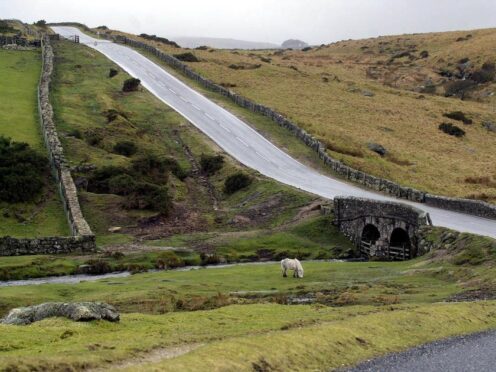Hundreds of people campaigning for the right to roam in England are to descend on Dartmoor to highlight the absurdity of the current law.
Organisers say it will be the largest mass trespass in a generation and will see supporters gathering at Vixen Tor in Devon on February 24.
The trespass will cross a section of private land to get to a piece of land that has a right of access but that currently no-one can get to without trespassing.
Campaign group the Right to Roam said there were around 2,500 of these ‘access islands’ in England where the public have a right to roam, but no legal right to get to them.
Many of these sites can only be accessed by trespassing.
The issue has arisen because of the way England’s partial right to roam was created.
The Countryside and Rights of Way Act (2000) gave people a right to roam over certain landscape types – mountains, moorland, heathland, downland and commons – covering some 8% of England.
These landscape types are known as “access land”.
But many of these landscapes are highly fragmented – much of England’s downland, for example, was ploughed up for agriculture after the Second World War.
This means that in some situations, access islands are stranded within a “sea” of other landscape types where the public has no legal right to walk.
The trespass will start at the wall that separates open access and private land.
Campaigners have been asked to creatively imagine how they will get to the island.
Performers and musicians will be bringing a large boat to symbolically “sail” to the island, while participants have been asked to think of creative ways they will travel.
Throughout the emphasis will be on drawing attention to the absurdity of “access islands”.
Lewis Winks, from the Right to Roam group, said: “The absurdity of access islands is a clear example of why our current system of access rights in England is broken.
“Often people don’t know where they have a right to go in the countryside.
“It’s ridiculous that the public have to trespass to reach these fragments of land where they have a legal right to roam – all because of our piecemeal approach to access in this country.
“There are no access islands in Scotland, however, which created a default right of access to most land and water in 2003, to be exercised responsibly and subject to sensible exemptions and rules.
“With political parties pledging to increase access to nature in England it’s vital they learn from the mistakes of the past, and look instead to follow successful examples like Scotland.”
